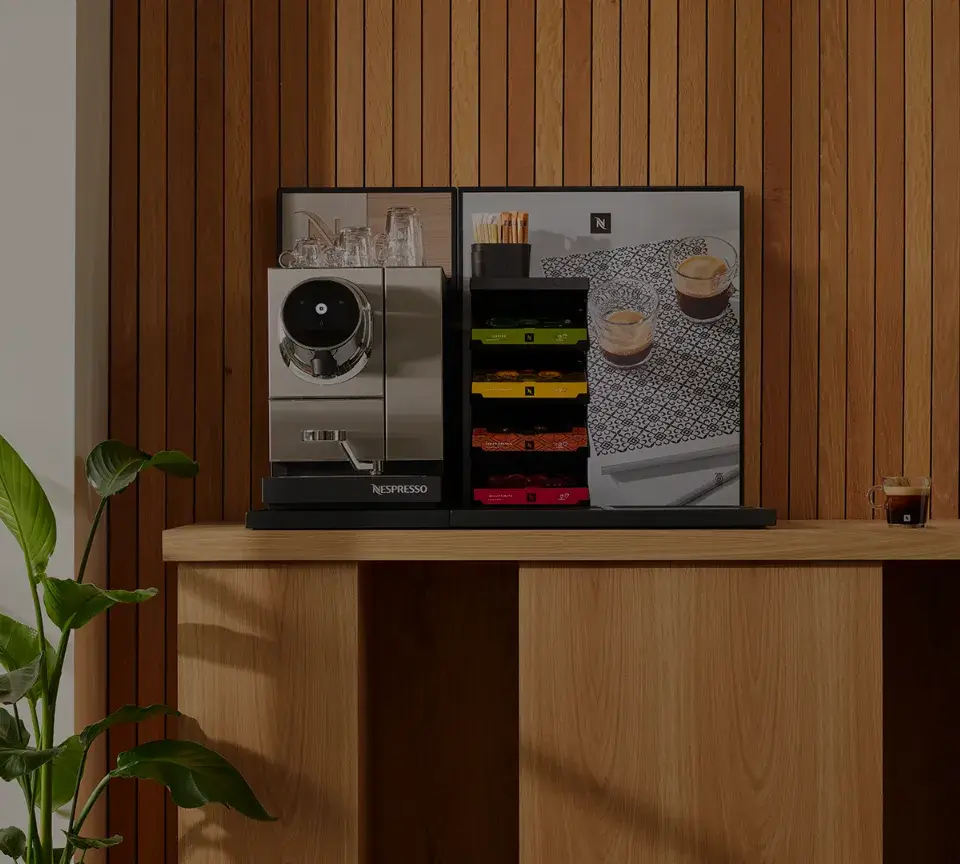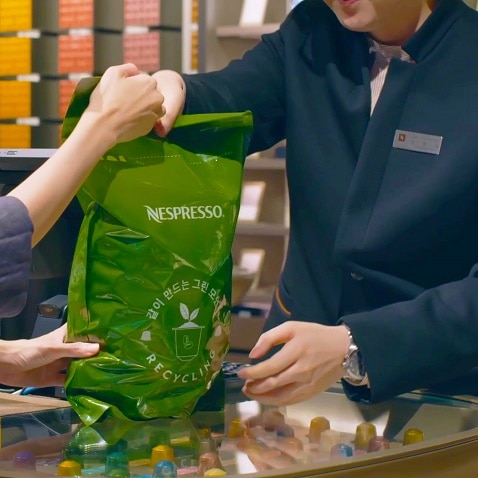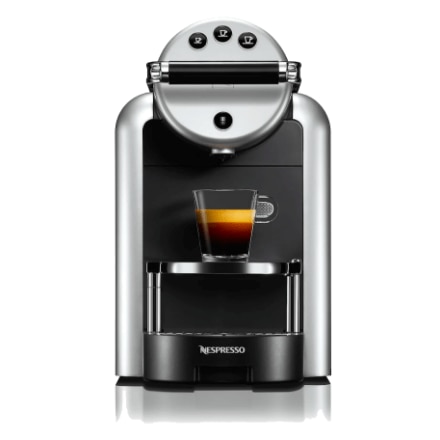Header
How to use coffee grounds in your daily life

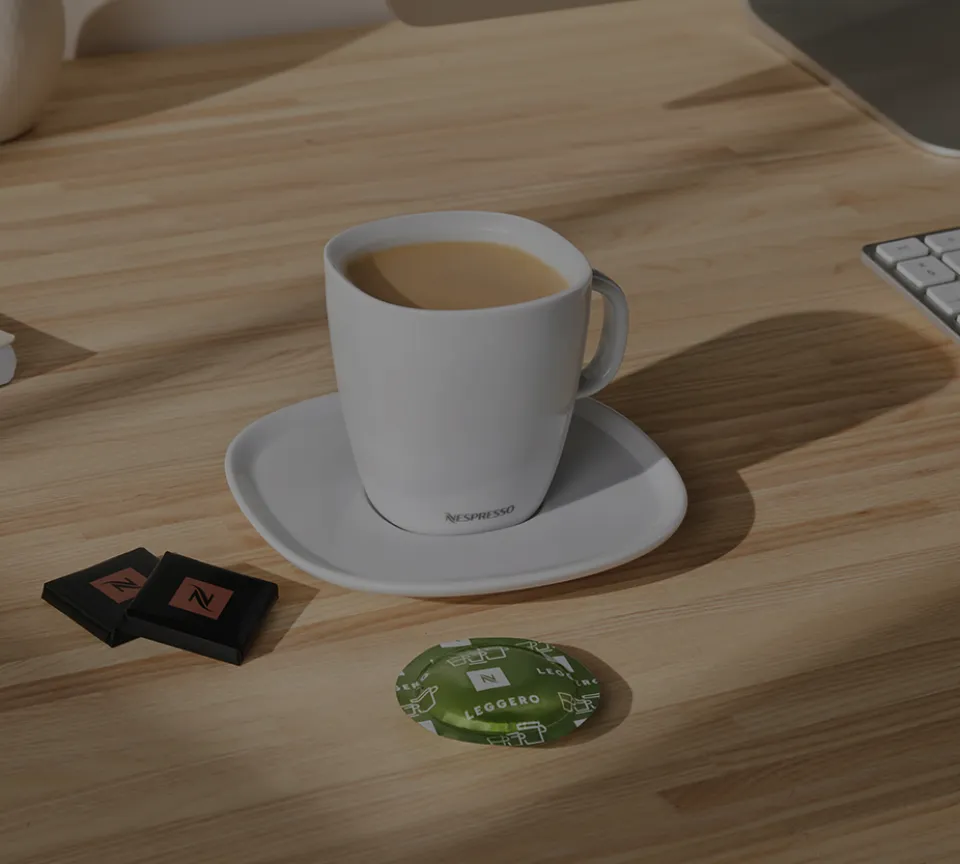
Have you ever seen or received complimentary or recycled
coffee grounds at a café?
During the coffee extraction process, only about 3% of the
coffee beans are used, leaving approximately 97% or
leftover coffee grounds.
These leftovers are also known as 'coffee puck'.
Reasons Why Coffee Grounds Should be Recycled
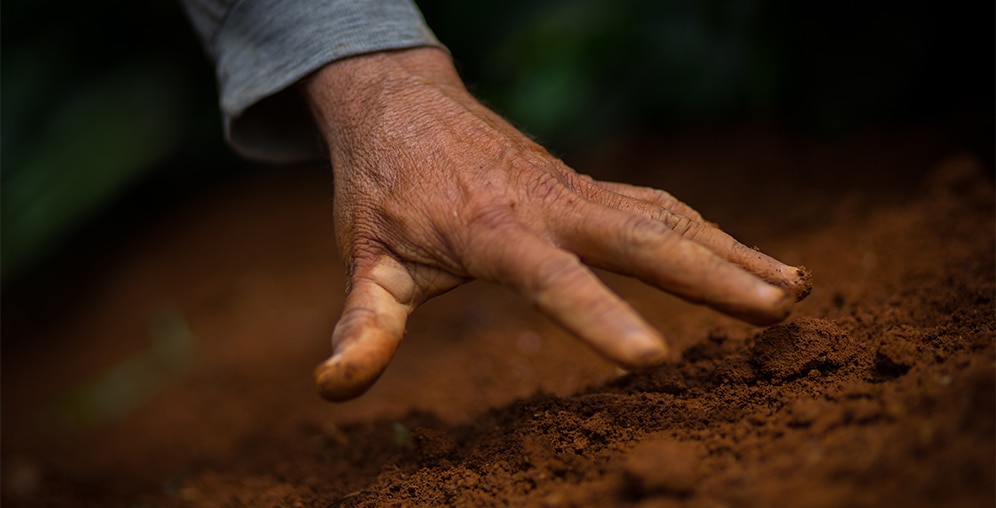
Coffee grounds are inevitably produced when drinking coffee,
but there are are many environmental concerns
regarding their disposal as they often end up in regular trash.
In Korea alone, it's estimated that over 150,000 tons of
coffee grounds are generated annually.
During the process of disposing and processing these coffee
grounds, a lot of carbon dioxide emissions are produced.
In the process, it's noteworthy that coffee grounds are
actually high-value organic resources
with great recycling potential.
The more we know, coffee grounds have high utility.
Let us introduce various everyday uses of coffee grounds,
and Nespresso's methods for recycling them.
How to use coffee grounds in your daily life
Considering small practices of thinking about the environment
from starting with me, from now on, and form small things?
Instead of just throwing away coffee grounds,
try to utilize them.
1. Coffee grounds act as a natural deodorizer.
Place them inside a refrigerator or shoe closet,
or microwave them for about 2 minutes to eliminate odors.
2. Coffee grounds contain rich nutrients such as
protein and minerals, you can mix them with soil
and use them as fertilizers.
3. Try using coffee grounds to wash oily dishes or
rusty metal items. The fats in the coffee grounds
help dissolve grease.
4. Coffee grounds are rich in antioxidants, making them
effective for exfoliating dead skin cells.
Mix them with shower gel or oil and use them on your skin.
5. In addition, coffee grounds can also be used
for cleaning or as insect repellents.
Nespresso's Activities to Recycle Coffee Grounds
Nespresso not only recycles aluminum from collected
used capsules through recycling bags, but also makes
efforts to recycle sorted coffee grounds
Transition to environmentally friendly energy
Leftover coffee grounds from Nespresso Capsules are utilized
as compost or flooring materials for agriculture and
livestock, or reborn as 'bio-pellets', an energy source
for thermal power plants.
Nespresso is also transitioning to renewable agriculture
globally. Regenerative agriculture is a method of
growing coffee that takes advantage of nature's ability to heal
and regenerate itself.
Nespresso strive to protect and restore wildlife habitats,
preserve biodiversity, reduce greenhouse gas emissions
from coffee cultivation, and improve the quality of
life of farmers in the coffee farming community.
Nespresso is also working to protect and preserve soil
and water resources.
Artworks and Everyday Objects Born from Capsules
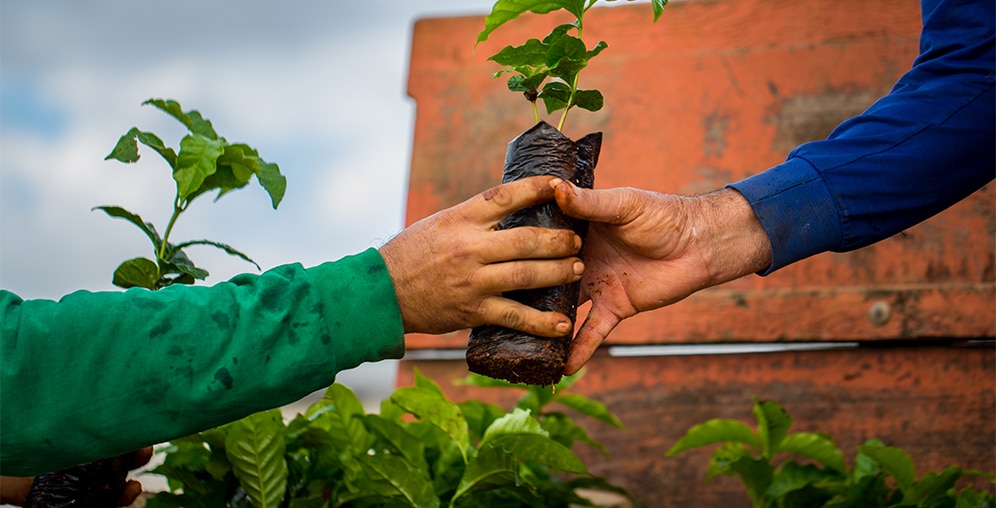
Concerned about the coffee waste produced in the process
of drinking coffee everyday?
Nespresso is creating a sustainable coffee culture.
Nespresso collaborates with artists and brands worldwide
to promote the value of upcycling using capsules.
In Canada, paper folding artist Pauline Loctin and sculptor
Briony Douglas worked on a project to decorate
boutiques using recycled materials.
In Korea, artist Jung Hwa Choi created installation art
using recycled capsules, and through
the 'Flower Garden Project', conveyed the message
that everyone who drinks coffee can
have a positive influence on the environment.
In Sweden, the startup Velosophy created
a special recycled bicycle from 300 used capsules.
Additionally, in collaboration with the Swiss luxury brand
Hublot, Nespresso produced limited edition watches
made from coffee capsules and grounds.

